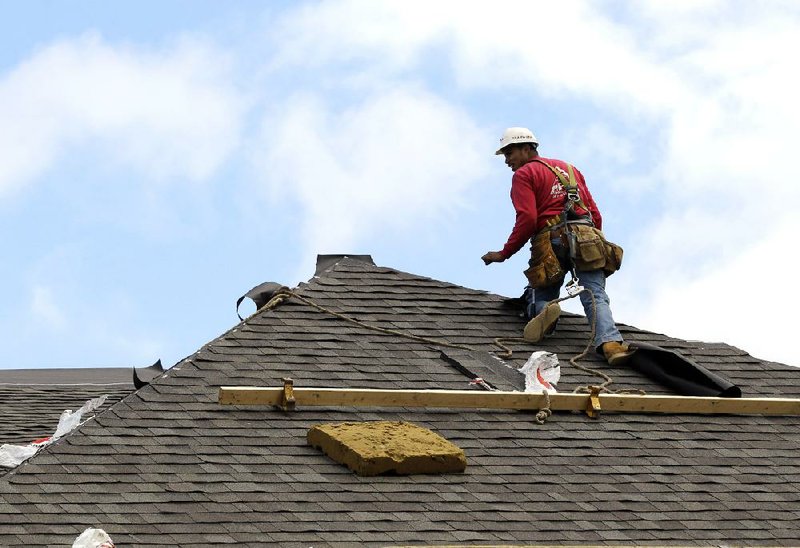WASHINGTON — U.S. sales of new homes fell slightly in October, and September sales were slower than initially thought. The October sales pace was dragged lower by steep declines on the East Coast, partly related to Hurricane Sandy.
The Commerce Department said Wednesday that new-home sales dipped 0.3 percent in October to a seasonally adjusted annual rate of 368,000. That’s down marginally from the 369,000 pace in September, which was revised lower from an initially reported 389,000.
Sales fell a sharp 32.3 percent in the Northeast and nearly 12 percent in the South. The government said Sandy had a minimal effect on the housing data because it made landfall in the final days of the month. Still, the storm disrupted business activity from North Carolina to Maine.
States outside the area affected by the storm fared better. Sales surged 62.2 percent in the Midwest and were up 8.8 percent in the West.
“Sales probably would have been slightly stronger without the hurricane,” said Jim O’Sullivan, chief U.S. economist at High Frequency Economics. “Still, the report was disappointing.”
Sales were still 17 percent higher in October than the same month in 2011. Even with the gain, new-home sales are well below the annual rate of 700,000 that economists consider healthy.
“Over the past 18 months, new home sales have been on the gentle rising trend although they remain at a very depressed level,” said Steven Wood, chief economist at Insight Economics.
The modest improvement in the new-home market this year comes after other reports that show the housing market starting to recover more than five years after the bubble burst. Home prices are rising, sales are up and builders are starting work on more new homes and apartments.
Purchases in the past six months have climbed 2.8 percent, showing limited job growth and access to credit are still restraining the residential real estate market.
“Better job growth is the key factor,” said Scott Brown, chief economist at Raymond James & Associates Inc. in St. Petersburg, Fla., who projected a 365,000 rate of sales. “We really have a lot of ground to make up from the recession.”
The Arkansas Realtors Association said Tuesday that sales of new and previously owned homes in the state rose almost 6 percent in October compared with the same month last year.
There were 1,936 houses sold in Arkansas last month, up from 1,829 in October 2011. The report covers home sales in 43 of Arkansas’ 75 counties. Home prices in the state rose in October. The average home price last month was more than $157,200, up 7.8 percent from October 2011.
Wednesday’s Commerce Department report said the median price of a new home sold in the United States in October was $237,700. That’s down 4.2 percent from September but 5.7 percent higher than October 2011.
The supply of homes for sale inched up to 147,000, slightly above the lowest level on records dating back to 1967.
The thin supply of homes for sale has helped drive this year’s housing rebound. The market has finally started to shed the excess number of houses built during the housing boom.
At the same time, more people are looking to buy or rent a home after living with relatives or friends during and immediately after the recession. And mortgage rates have been near record lows all year, making homes more affordable.
Though new homes represent only a small portion of the housing market, they have a disproportionate impact on the economy. Each home built creates an average of three jobs for a year and generates about $90,000 in tax revenue, according to statistics from the National Association of Home Builders.
Standard & Poor’s/Case-Shiller home price index, released Tuesday, found that prices rose in most major cities in September compared to August. They rose 3.6 percent in the third quarter compared to the same period last year.
There are still factors dragging on a housing recovery. Many Americans, particularly first-time homebuyers, are unable to qualify for a mortgage or can’t afford larger down payments.
Information for this article was contributed by Martin Crutsinger of The Associated Press and Michelle Jamrisko and Chris Middleton of Bloomberg News.
Business, Pages 27 on 11/29/2012
